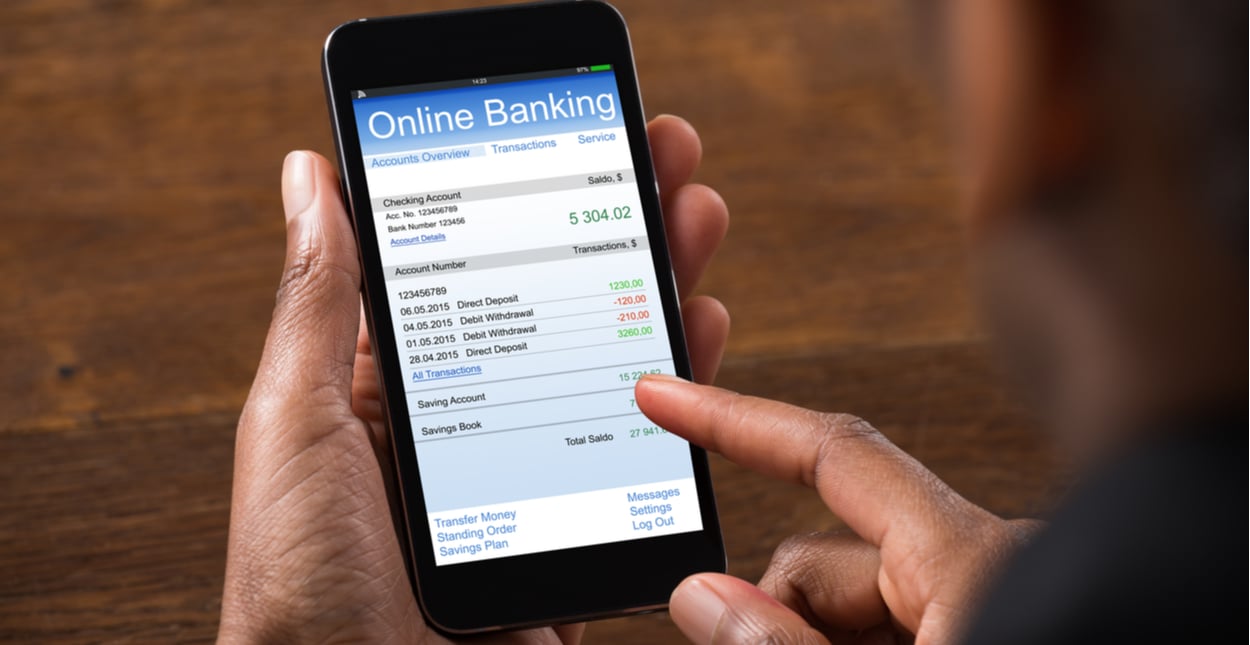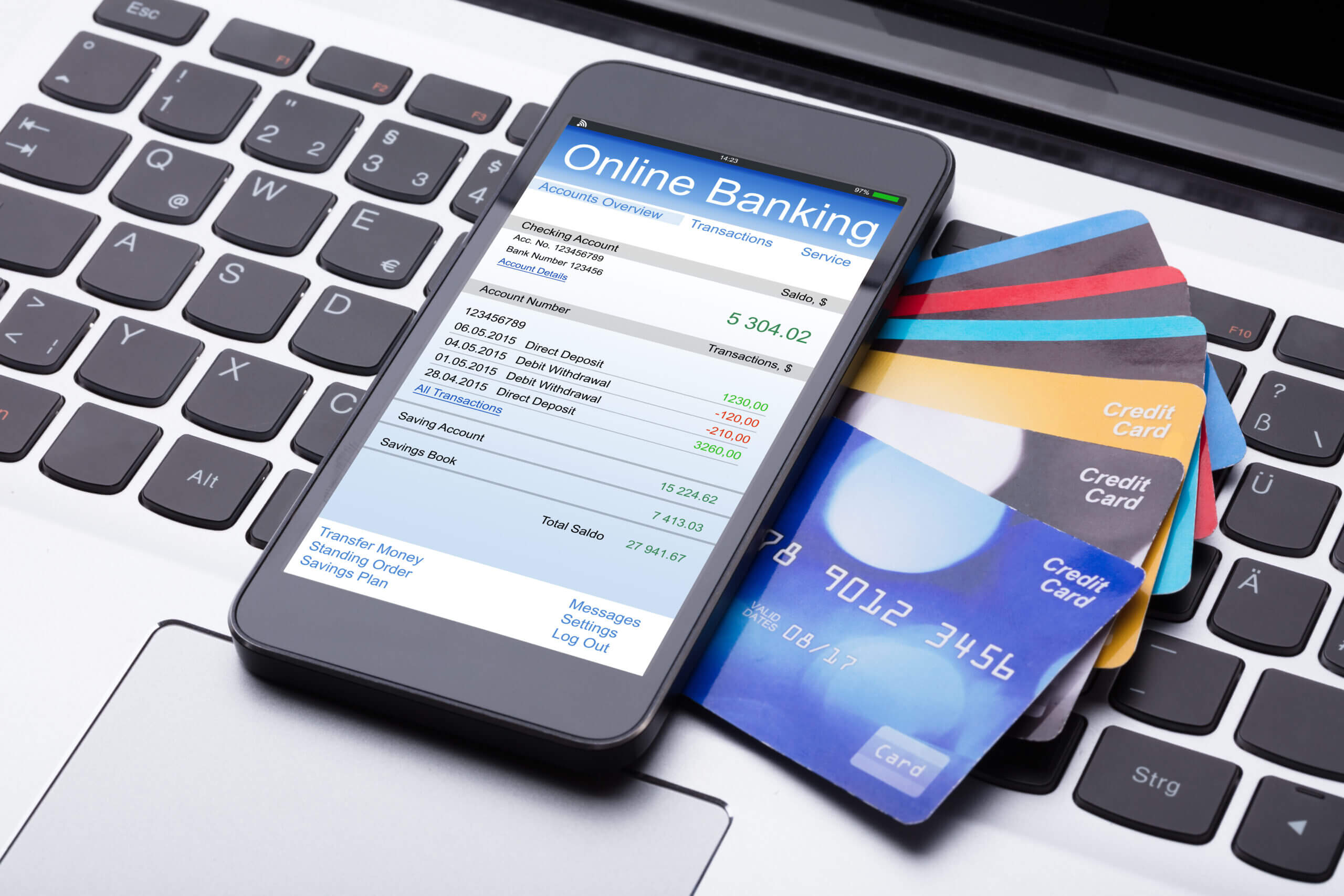In today’s digital world, applying for a credit card online has become a fast, convenient, and secure way to manage your financial needs. Whether you want to build credit, earn rewards, or simply enjoy the flexibility of cashless payments, online credit card applications can save you time and effort. However, before you click the “Apply” button, it’s important to understand the process, what information you’ll need, and how to apply responsibly.
This guide walks you through everything you need to know — from preparing your documents to comparing offers and ensuring your online application is safe.
Credit Cards and Why People Apply Online
A credit card allows you to borrow money from a financial institution up to a certain limit, which you can use for purchases, bills, or emergencies. The borrowed amount must be repaid, typically with interest if not paid in full each month.
Applying online has several benefits:
- Convenience: You can apply anytime without visiting a branch.
- Quick approval: Many institutions provide instant or same-day decisions.
- Comparison: You can easily review multiple card options and features online.
- Paperless process: Everything from submission to verification can happen digitally.
However, while the process is quick, it’s still important to make informed decisions. Choosing a card that matches your financial situation can help you manage money wisely and avoid unnecessary debt.
Preparing Before You Apply
Before starting your online credit card application, take time to gather the necessary information and understand your financial position. Lenders often evaluate your creditworthiness based on factors such as your income, employment, and credit history.
Here’s what you’ll typically need:
- Personal identification: Full name, date of birth, and Social Security number (or an alternative ID for noncitizens).
- Contact details: Residential address, phone number, and email.
- Financial information: Your employment status, annual income, and monthly housing costs (such as rent or mortgage payments).
- Existing accounts: If you already have a relationship with the bank, you may need your account number or customer ID.
Having these details ready ensures your application is completed quickly and accurately.
Comparing Credit Card Options Online
Not all credit cards are created equal. Some focus on cashback rewards, others on travel benefits, and some are designed for people looking to build or rebuild credit.
When comparing online offers, consider these important factors:
- Annual Percentage Rate (APR): The interest rate you’ll pay if you carry a balance.
- Annual fees: Some cards charge a yearly fee, while others don’t.
- Rewards programs: Look for rewards that match your lifestyle — such as points for groceries, gas, or online shopping.
- Introductory offers: Some cards feature temporary 0% APR or bonus points for new members, but be sure to read the terms carefully.
- Credit limit: This determines how much you can spend before paying off your balance.
- Customer service and mobile tools: Good digital support and easy app access can make managing your card simpler.
Always visit the official website of the card issuer and review the full terms and conditions before applying. Avoid applying for multiple cards at once, as it may affect your credit score.
How to Apply for a Credit Card Online
Once you’ve chosen the right card, you can begin the online application process. While details vary by institution, the general steps are similar across most banks and credit unions:
Step 1: Visit the official website
Go directly to the bank or credit card company’s website. Avoid third-party links that look suspicious or make unrealistic claims like “guaranteed approval.” Trusted financial institutions will use secure websites (starting with “https://”) to protect your personal information.
Step 2: Fill out the application form
Provide your personal and financial information. Double-check spelling and numbers to prevent delays or rejections. Some online forms will automatically verify your details, such as your address or employment information.
Step 3: Submit your application
Once complete, review your information carefully and submit. Many banks will let you know instantly if you are approved or if additional verification is needed.
Step 4: Identity verification
You might be asked to upload or email scanned copies of your ID or proof of income. Some institutions may require a phone call or text message verification step for added security.
Step 5: Wait for a decision
If you’re approved, you’ll receive your new credit card in the mail within several business days. If you’re not approved, the lender will typically send you a notice explaining the reason, which can help you understand what to improve before applying again.
Staying Safe While Applying Online
Online credit card applications involve sensitive personal data, so it’s crucial to protect yourself from fraud or identity theft. Here are a few best practices:
- Use a secure internet connection. Avoid public Wi-Fi networks when sharing financial information.
- Check the website address. Ensure it starts with “https://” and belongs to a verified institution.
- Never share personal details through email or text. Reputable banks will not ask for your Social Security number or passwords via email.
- Monitor your credit report. Regularly checking your credit report helps you detect suspicious activity early.
- Use strong passwords. When setting up your online account, use a unique password that combines letters, numbers, and symbols.
What Happens After Approval
After you’re approved and receive your credit card, you’ll need to activate it — usually through the bank’s website, mobile app, or by phone. Once active, you can use it for purchases, bills, or online shopping.
To maintain a healthy credit score:
- Pay your bill on time every month.
- Keep your credit utilization below 30% of your limit.
- Review statements regularly to check for errors or unauthorized charges.
Responsible usage not only prevents debt but also helps build a positive credit history, which can make future applications easier.
Key Takeaways
Applying for a credit card online can be a smooth and secure process when approached wisely. Remember:
- Compare offers carefully to find the best fit for your financial goals.
- Prepare all necessary documents before applying.
- Protect your personal information throughout the process.
- Manage your credit responsibly after approval.
By following these steps, you can enjoy the convenience and benefits of online credit card applications while keeping your financial health strong.






